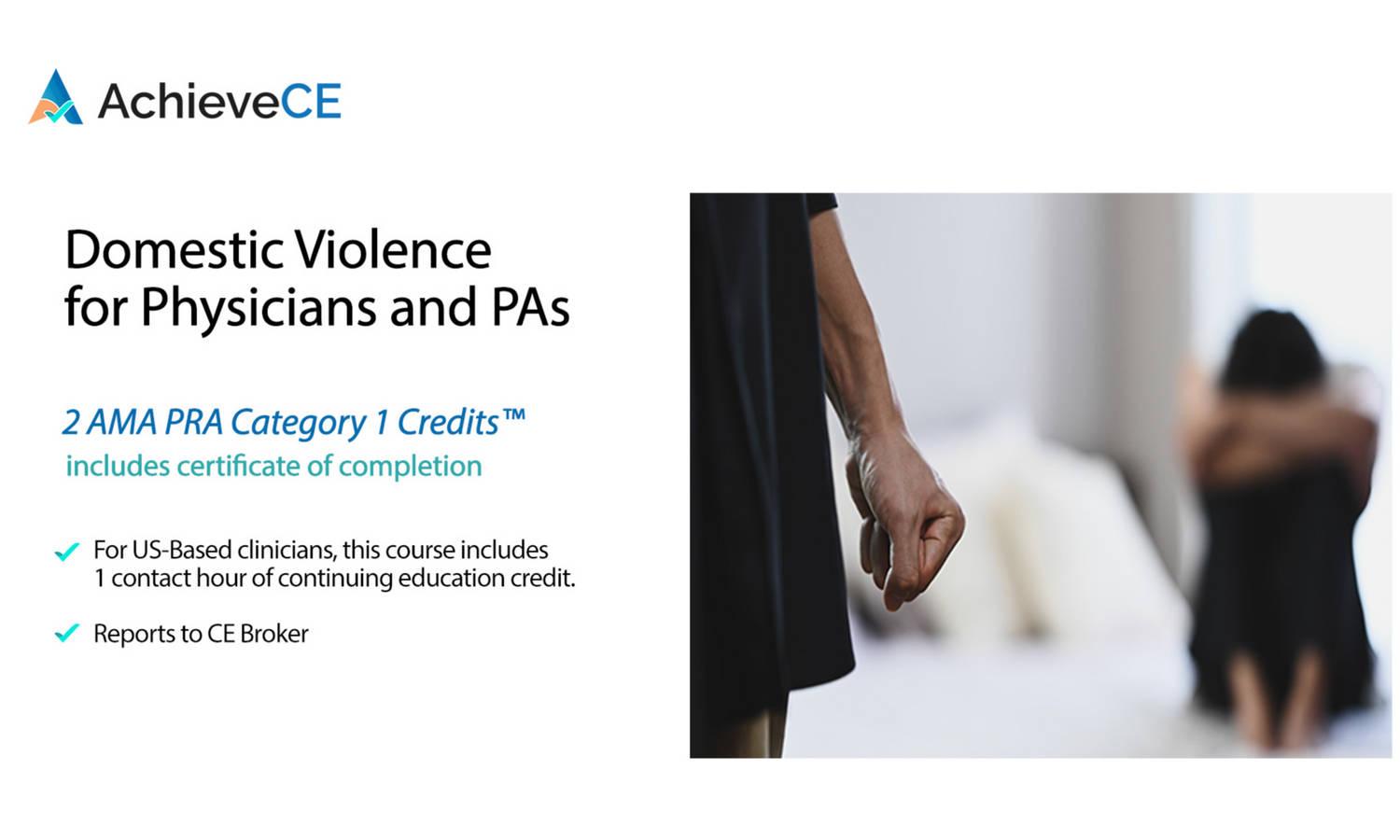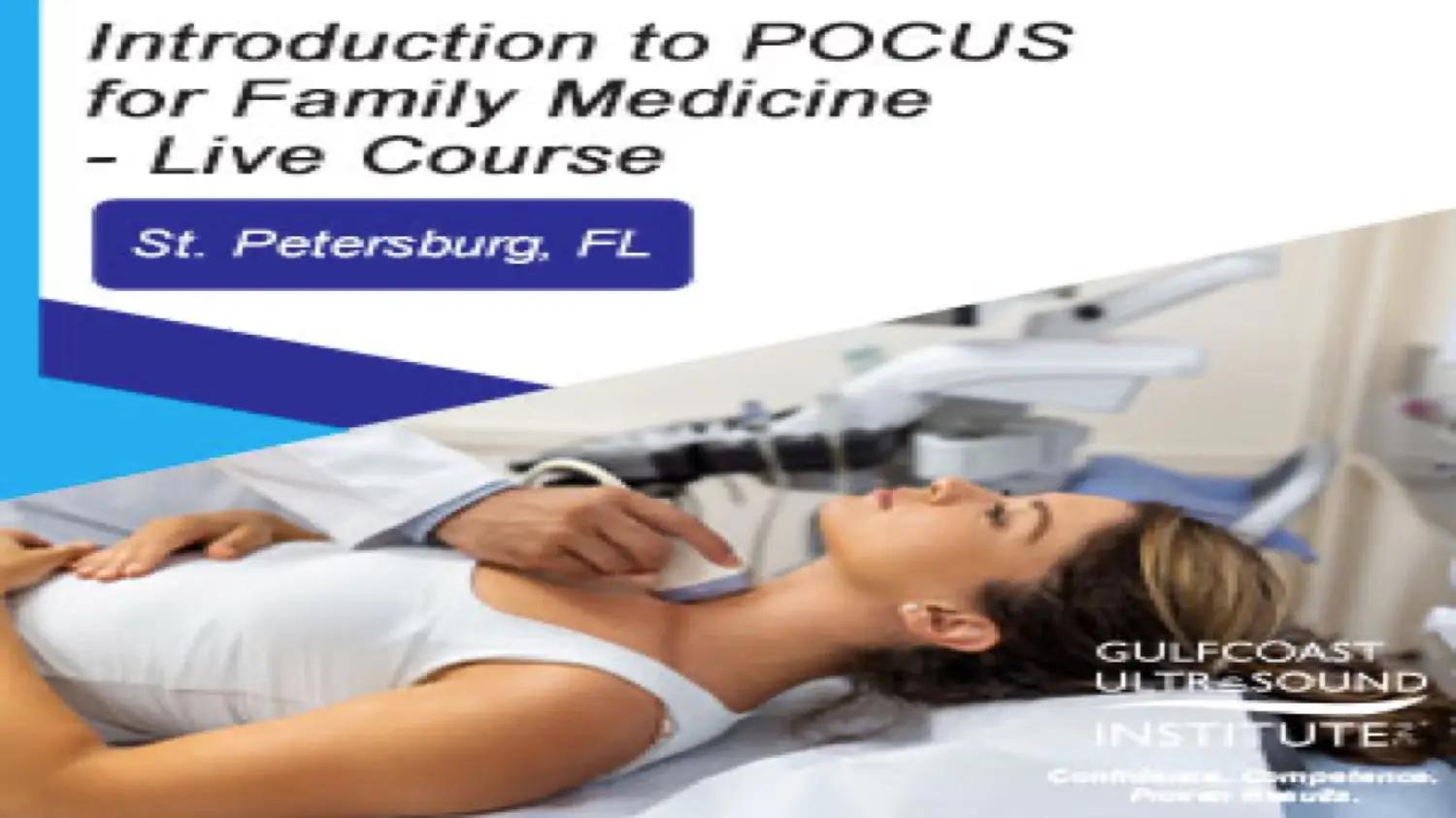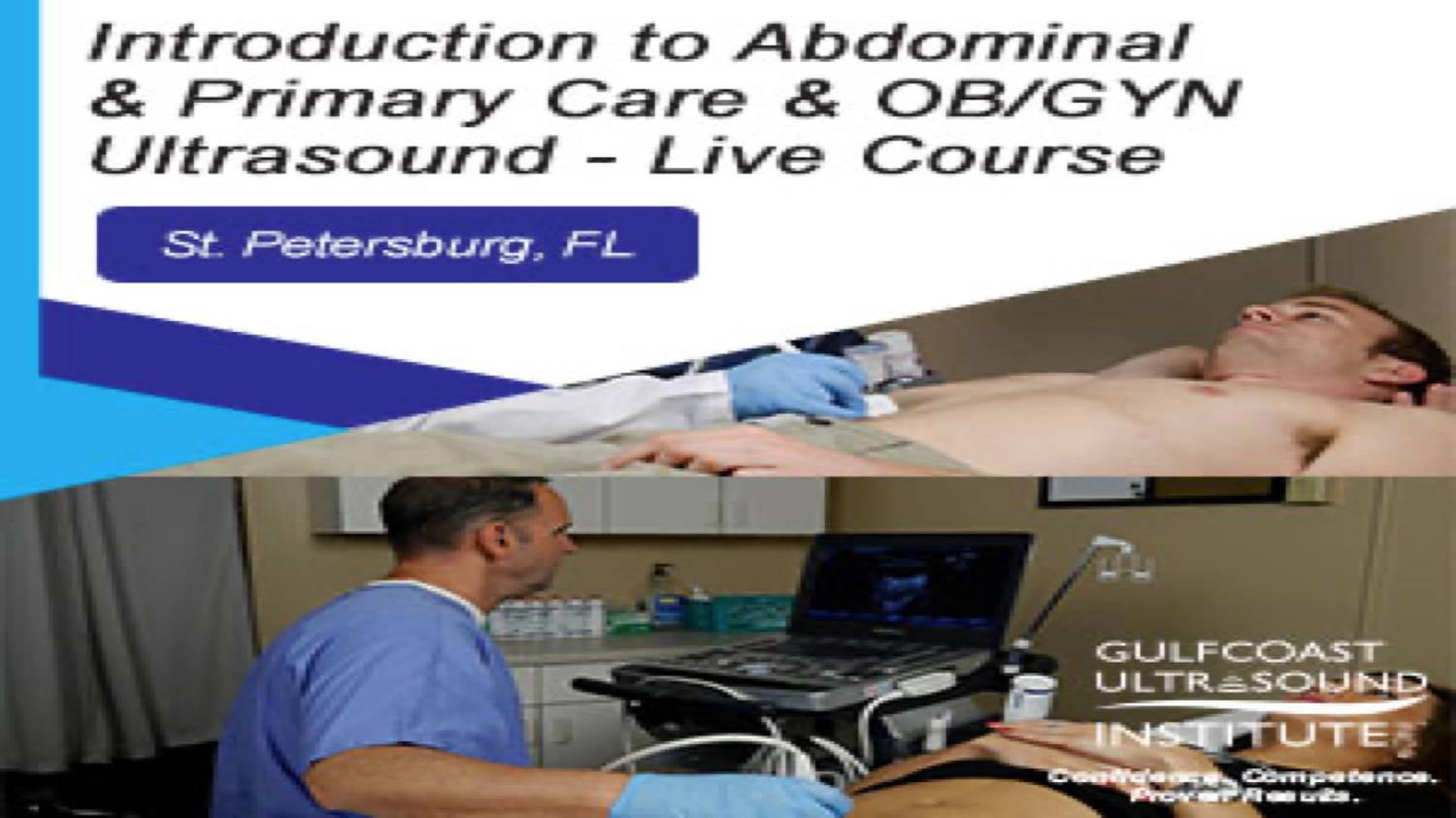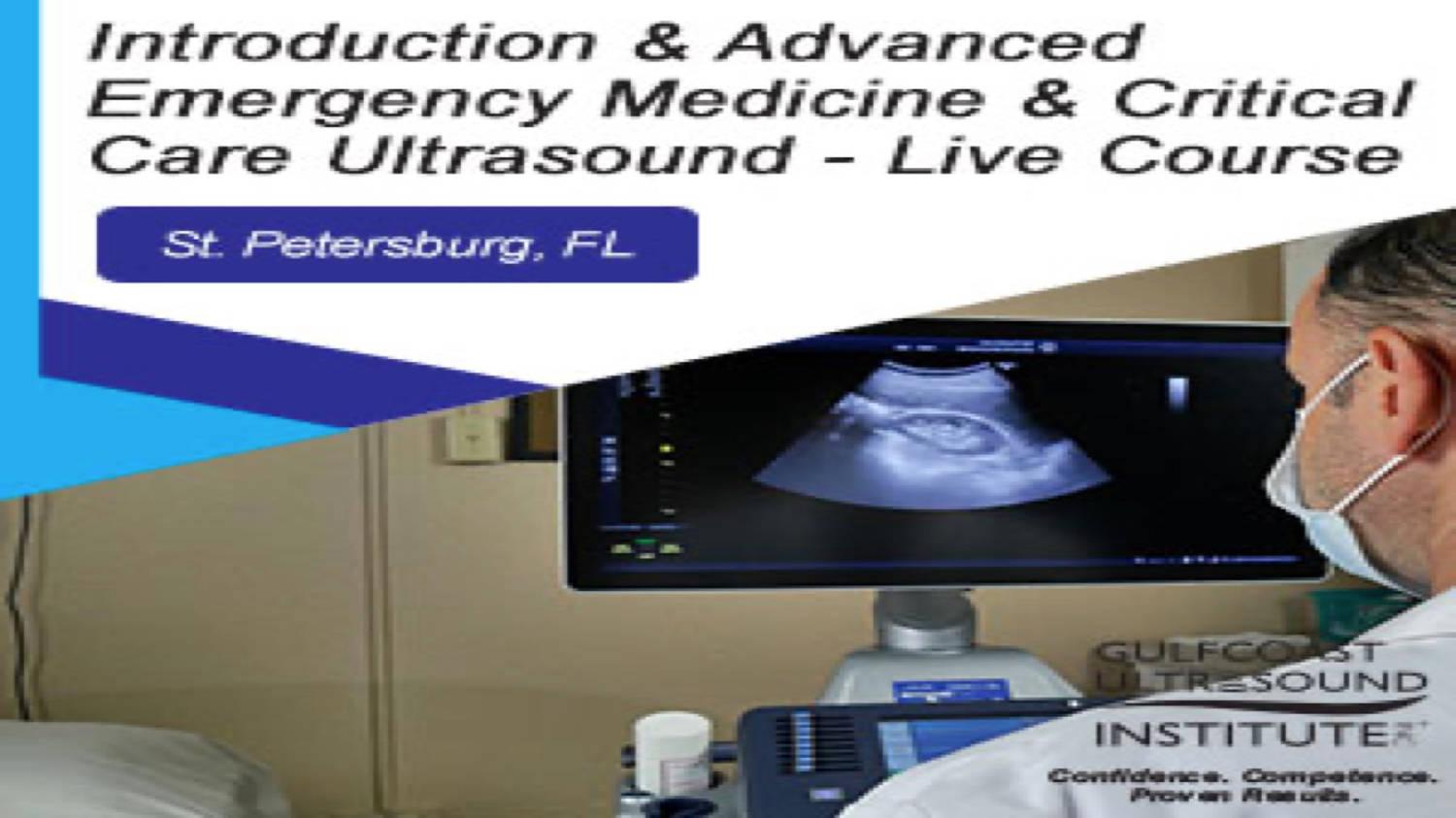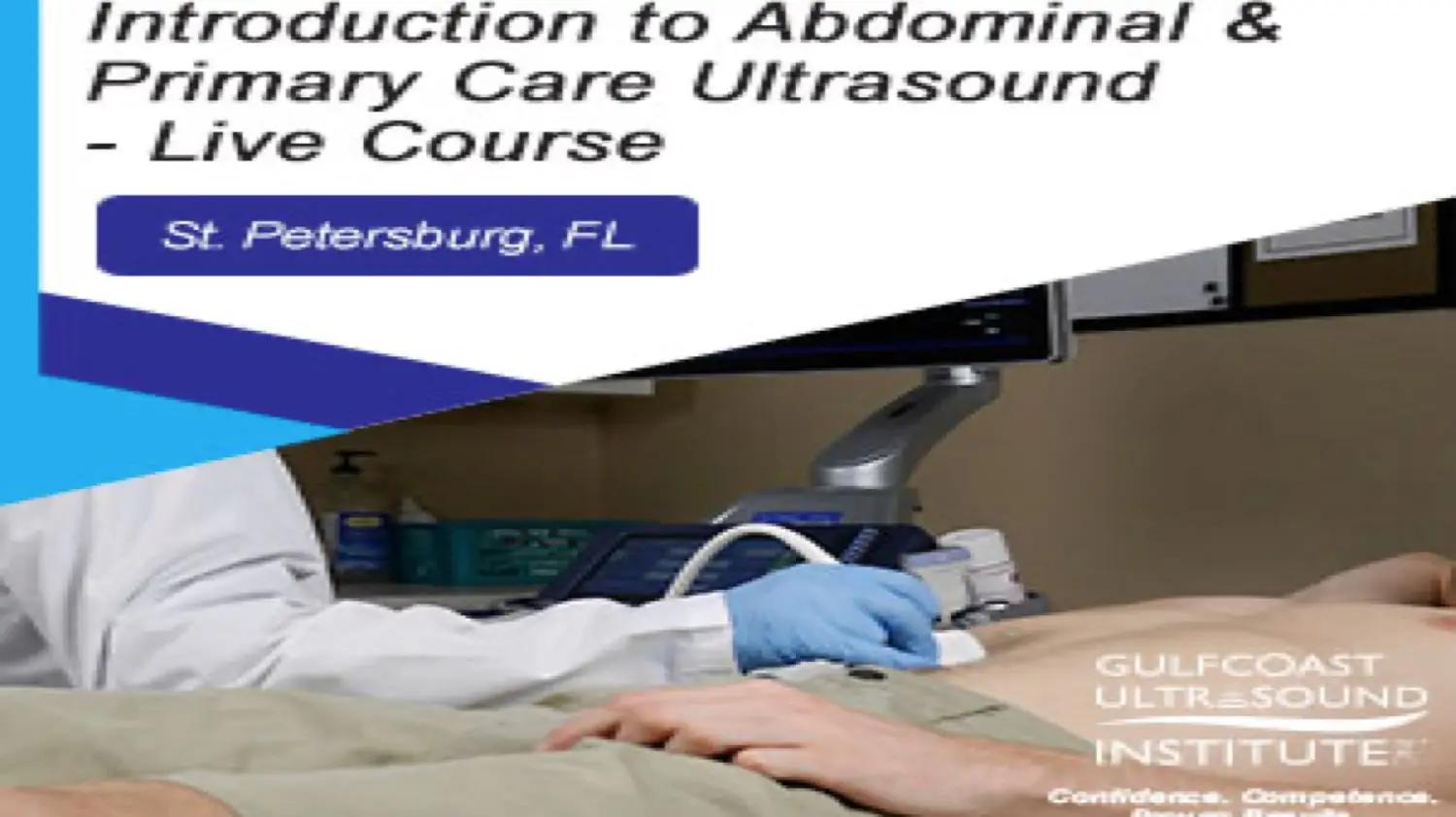
Human immunodeficiency virus (HIV): Updates in care for the primary care physician
 hosted byScientia CME
hosted byScientia CMEAgenda:
HIV epidemiology
- United States incidence and prevalence
- Changing demographics and aging
- Disproportionately impacted communities
Treatment of PLWH
- Achieving viral suppression
- Antiretrovirals for initial therapy
- Monitoring treatment response
- Switching, escalating, or discontinuing therapy
- Emerging longer-acting treatment options
- Special patient populations
- Marginalized communities
- Women
- Children
- People who inject drugs
HIV continuum of care
- Linkage to care
- Retention in care
- Patient engagement
- Role of primary care
- Adherence strategies
Transmission prevention strategies for at-risk individuals
- PrEP
- Post-exposure prophylaxis (PEP)
- Risk behavior modification
Summary and conclusions
According to the CDC, there are more than 1.1 million people aged thirteen and older living with HIV (PLWH). Since the beginning of the HIV epidemic in the 1980s, advances in public health initiatives and treatments have considerably lengthened the life expectancy of PLWH, and as they have begun to live longer, the number of patients with chronic HIV infection has greatly increased. What was once acute inpatient care of the dying has become outpatient chronic disease management with an emphasis on a long-term balancing act that involves the consideration of comorbidities, drug interactions, and adverse drug events in an aging HIV population.
Projections suggest that there may soon be a shortage of HIV providers. To avoid the imminent shortfall of HIV specialists, PCPs to manage HIV infection, comorbidities, and sequelae is critical to meeting the demand for HIV care. The quality of HIV care experienced PCPs provide is substantially similar to that of infectious disease specialists, but research shows that nearly 40% of PCPs and residents do not feel comfortable providing comprehensive services for PLWH in all disease stages.
Learning Objectives:
By the end of the session the participant will be able to:
- Develop a familiarity of potential side effects, drug-drug interactions with common primary care and other specialty medications, and goals for HIV treatments.
- Discuss the impact of adherence on viral suppression, and identify methods and strategies to improve adherence to antiretroviral therapy.
- Incorporate strategies for improving engagement and retention in care among PLWH.
- Describe barriers to health care among PLWH and at-risk populations.
- List strategies to prevent the transmission of HIV.
Accreditation:
This activity has been planned and implemented in accordance with the accreditation requirements and policies of the Accreditation Council for Continuing Medical Education through ScientiaCME. ScientiaCME is accredited by the ACCME to provide continuing medical education for physicians.
Credit Designation: ScientiaCME designates this educational activity for a maximum of 1.0 AMA PRA Category 1 Credit(s)™ toward the AMA Physician's Recognition Award. Physicians should only claim credit commensurate with the extent of their participation in the activity
ABIM MOC Recognition Statement: Successful completion of this CME activity, which includes participation in the evaluation component, enables the participant to earn up to 1.0 MOC points in the American Board of Internal Medicine's (ABIM) Maintenance of Certification (MOC) program. Participants will earn MOC points equivalent to the amount of CME credits claimed for the activity. It is the CME activity provider's responsibility to submit participant completion information to ACCME for the purpose of granting ABIM MOC credit.
Physicians: For maintenance of certification (MOC) credit, you must enter your board certification ID # and birth date correctly. It is the learner's responsibility to provide this information completely and accurately at the completion of the activity. Without providing it, the learner will NOT receive MOC credit for this activity. Please note: Not all activities on this site provide MOC credit. If this activity does not specify that it provides MOC credit in this section, then it does NOT provide MOC credit.
Pharmacists: ScientiaCME is accredited by the Accreditation Council for Pharmacy Education (ACPE) as a provider of continuing pharmaceutical education. This activity is approved for 1.00 hours (0.10 CEUs) of continuing education. Proof of participation will be posted to your NABP CPE profile within 4 to 6 weeks to participants who have successfully completed the post-test. Participants must participate in the entire presentation and complete the course evaluation to receive continuing pharmacy education credit.
Pharmacists: You must enter your NABP # and birth date correctly so that proof of participation can be posted to your NABP CPE profile. It is the learner's responsibility to provide this information completely and accurately at the completion of the activity. Without providing it, the learner will NOT receive CPE credit for this activity.
Nurse Practitioners (NPs): The American Academy of Nurse Practitioners accepts AMA PRA Category 1 Credit(s)™ from organizations accredited by the ACCME. ScientiaCME will provide NPs who successfully complete each activity with a certificate of participation indicating that the activity was designated for AMA PRA Category 1 Credit(s)™.
Physician Assistants: The American Academy of Physician Assistants accepts AMA PRA Category 1 Credit(s)™ from organizations accredited by the ACCME.
Instructions:
- Read the learning objectives above
- Take the Pre-Test (optional). Completion of the pre-test will help us evaluate the knowedge gained by participating in this CME activity.
- View the online activity. You may view this is in more than one session, and may pause or repeat any portion of the presentation if you need to.
- Take the post-test
- Complete the activity evaluation and CME registration. A CE certificate will be emailed to you immediately.
System Requirement:
PC
Windows 7 or above
Internet Explorer 8
*Adobe Acrobat Reader
MAC
Mac OS 10.2.8
Safari or Chrome or Firefox
*Adobe Acrobat Reader
Internet Explorer is not supported on the Macintosh
*Required to view Printable PDF Version

